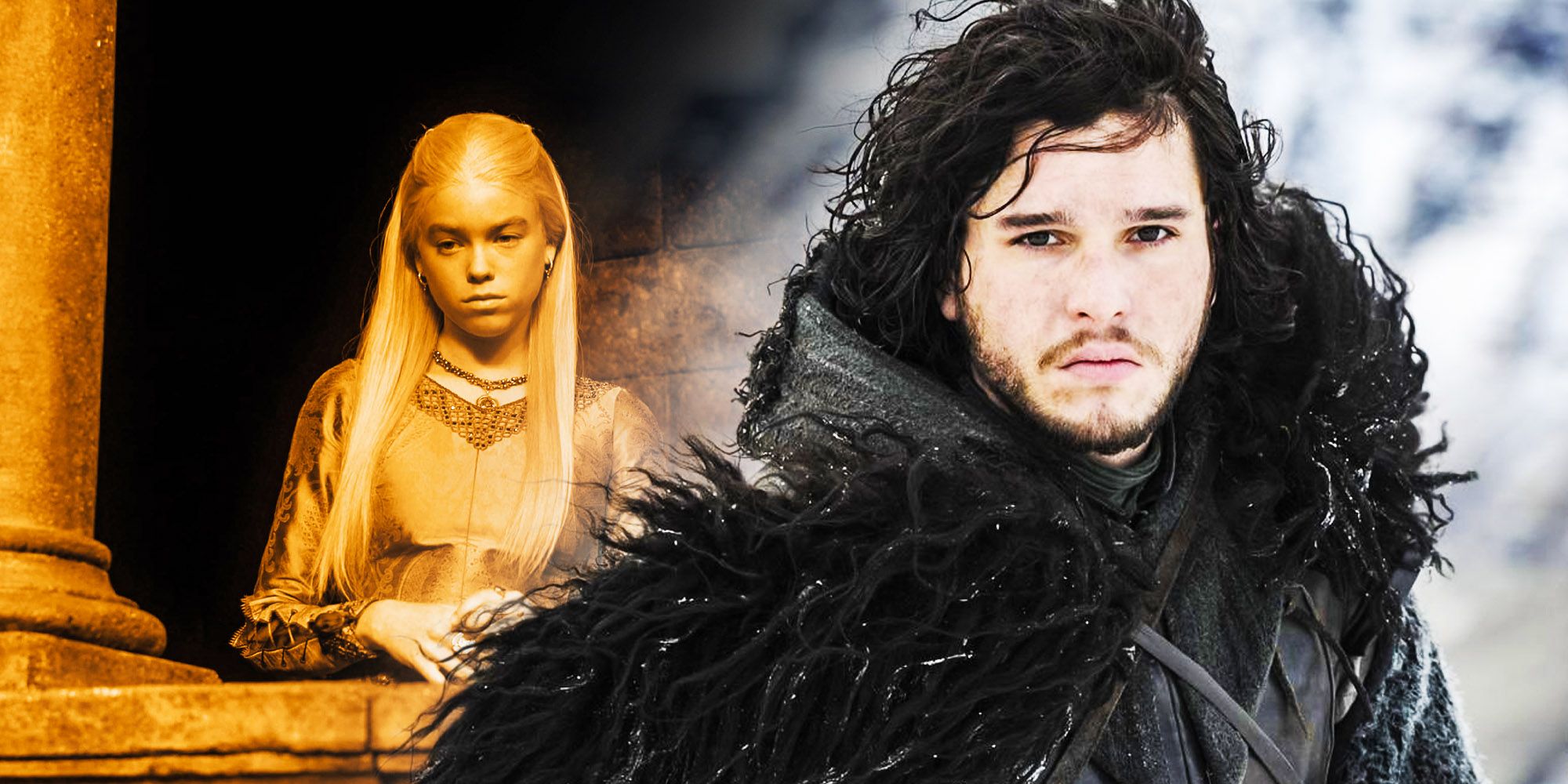
With that in mind, theories regarding the Prince That Was Promised were still prevalent during the TV series, as audiences often compounded book lore with TV facts to craft their conspiracies. While book readers are still waiting for the next novel, the Game of Thrones ending came and went, and there are still enormous, lingering questions regarding the prophecy. Now, the prequel TV series House of the Dragon explores it further, adding to the potential confusion.
The Prince That Was Promised Prophecy Explained
There’s Vague Criteria Established For The Prophecy
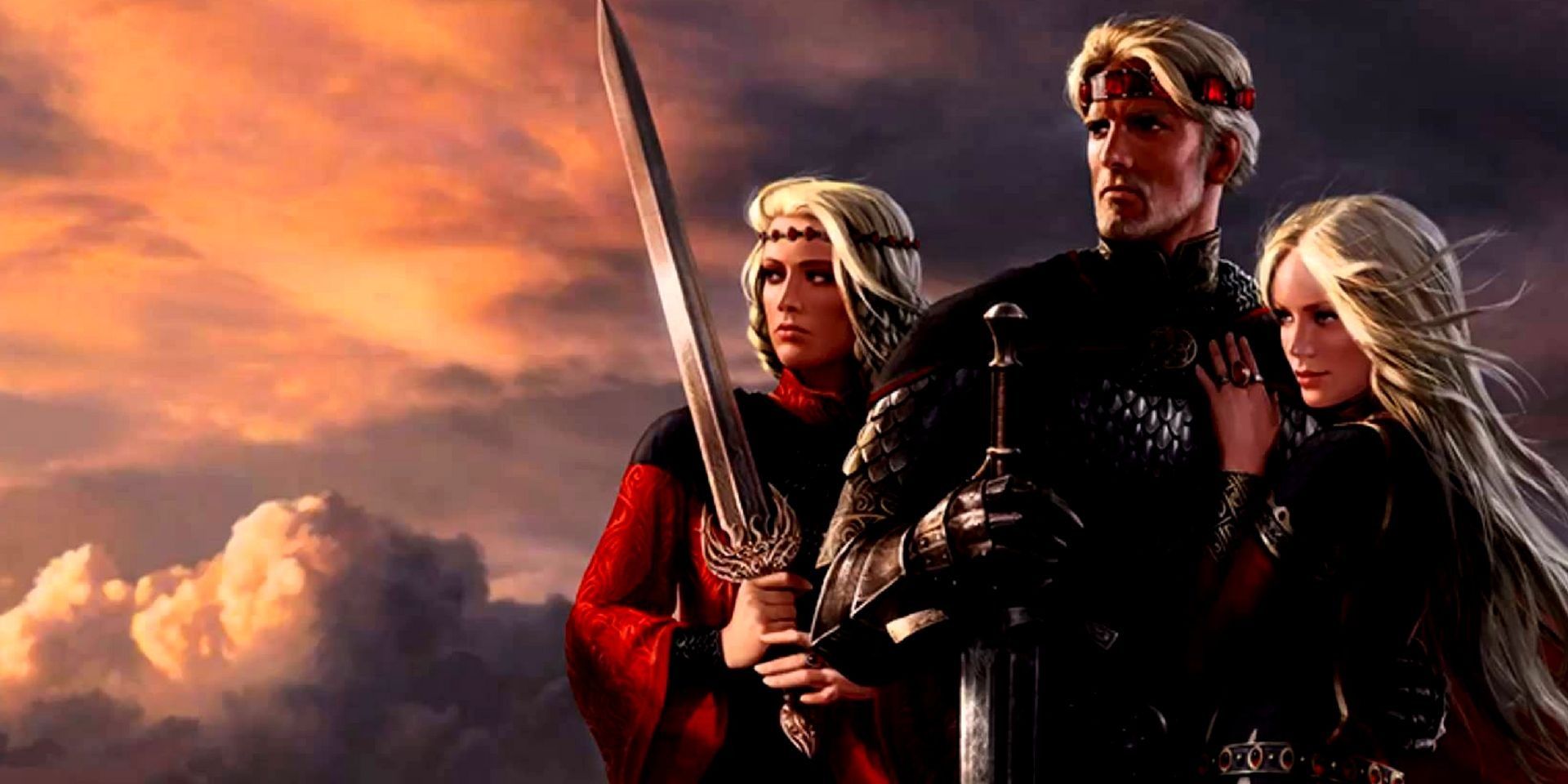
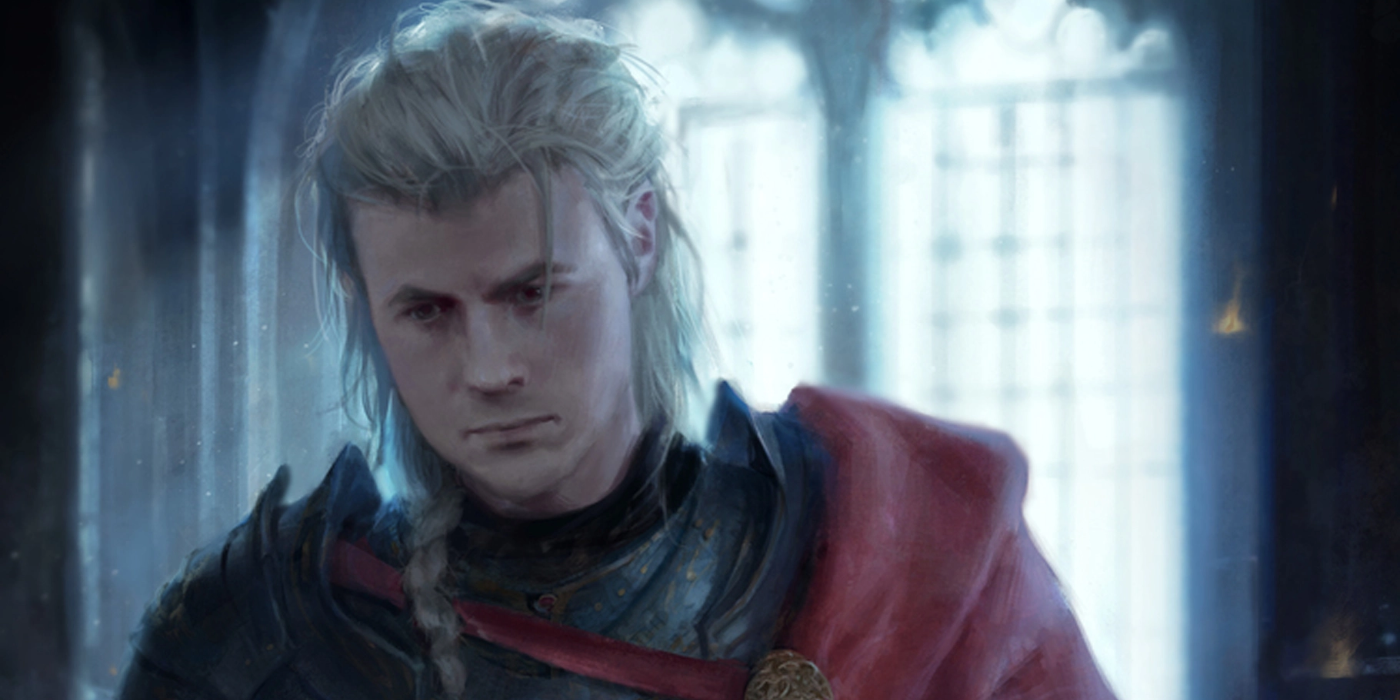
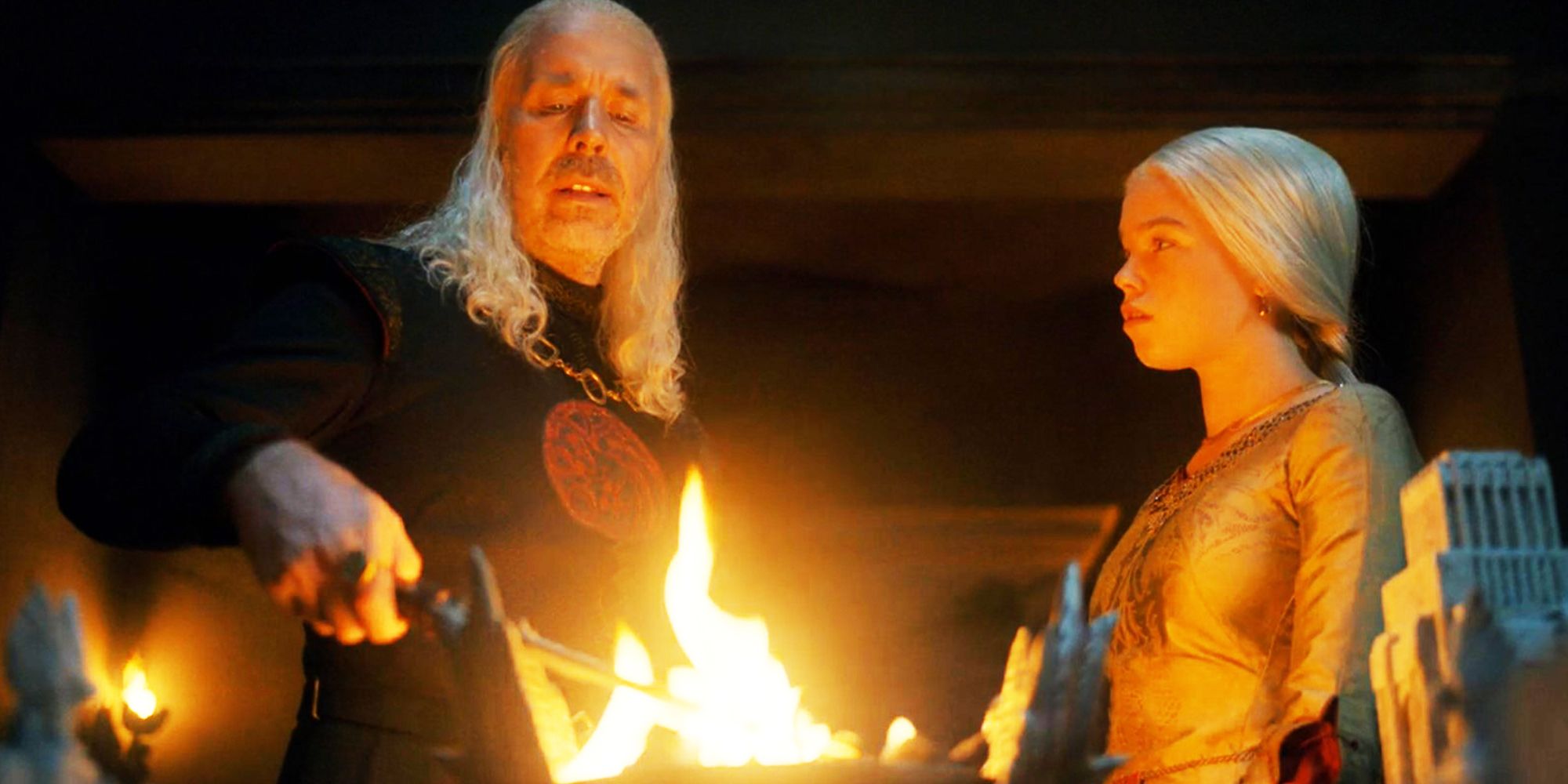
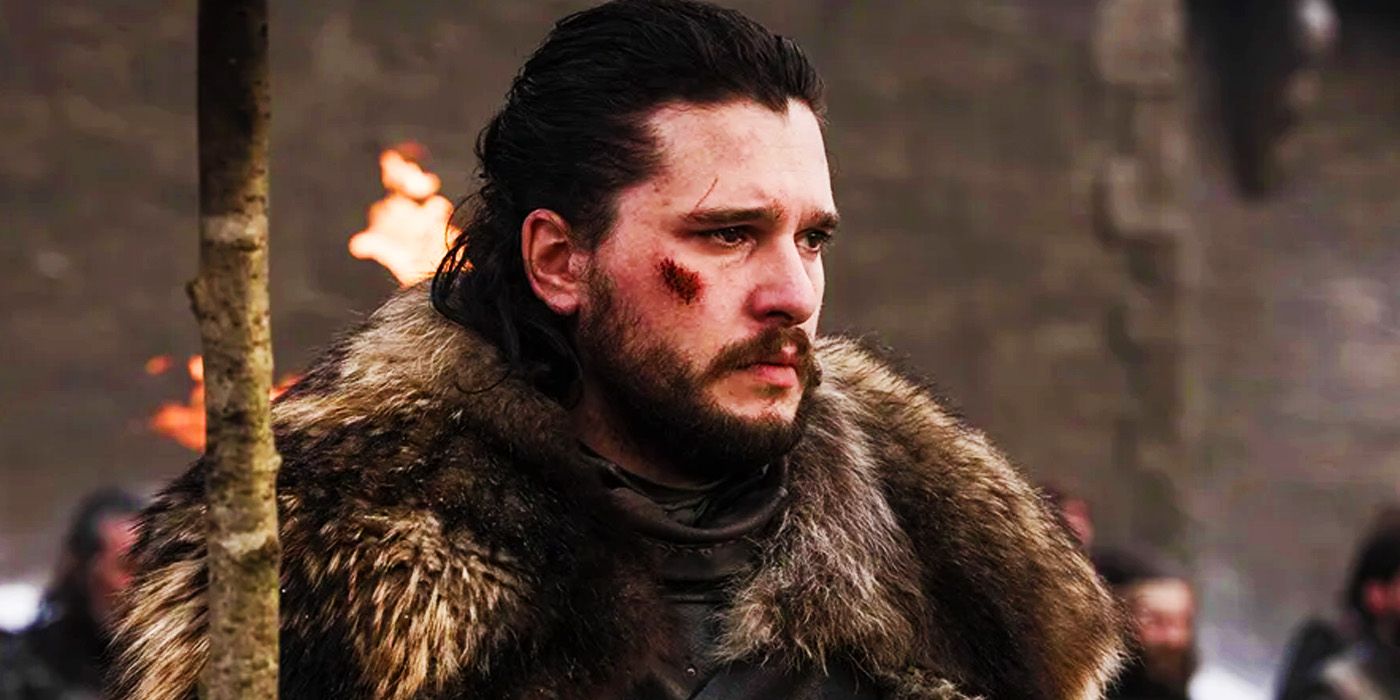
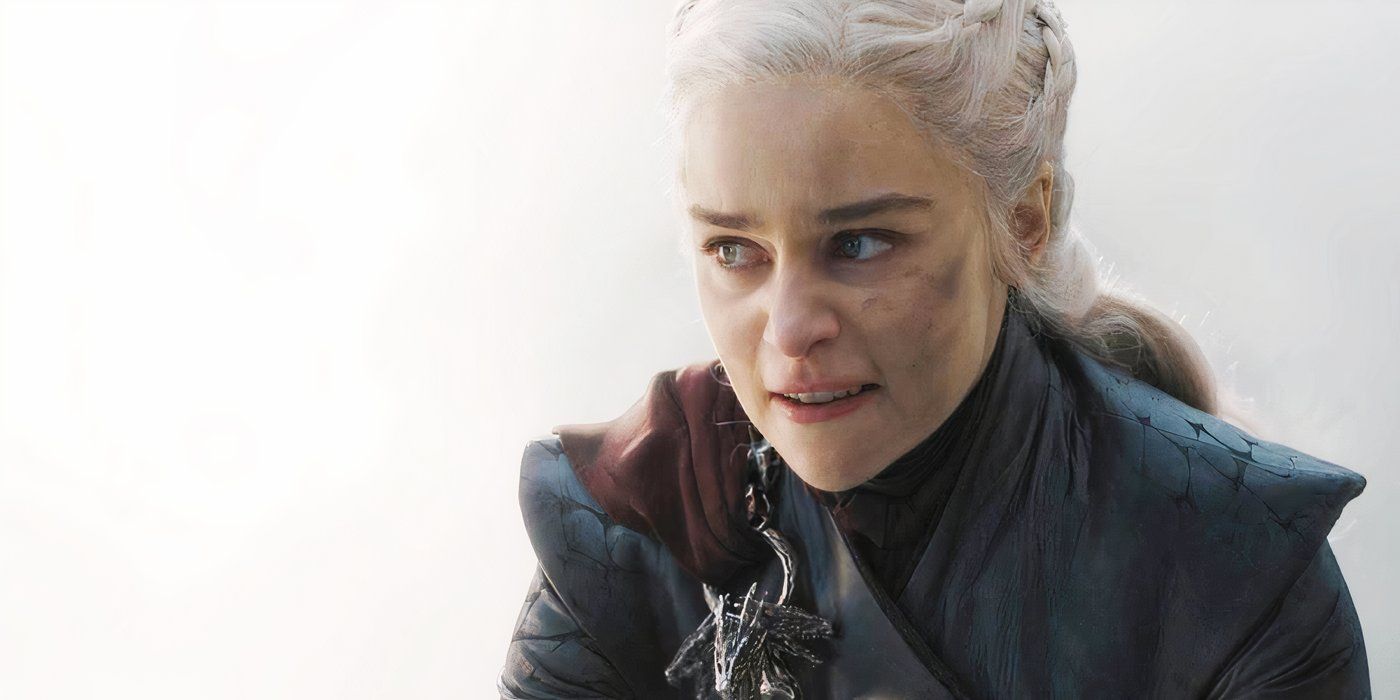





The crucial details about the prophecy state that The Prince That Was Promised will be a hero who comes forth to deliver the world from darkness, which presumably suggests the Long Winter or the coming of the White Walkers. A “bleeding star” is meant to announce the arrival of the prince, who is said to have a “song” known as the song of ice and fire. Prophecies play a prevalent role in George R.R. Martin’s universe, such as the Valonqar prophecy given to Cersei by Maggy the Frog or the visions seen by Daenerys in the House of the Undying.
In the Game of Thrones TV series, the prophecy is scarcely mentioned, but various characters are still suspected to be the aforementioned hero. In the books, practically every character has had some sort of theory constructed surrounding the possibility of them being the Prince. There are some criteria laid out for the prophecy that point to particular characters above others. The criteria are as follows:
Born amidst salt and smoke beneath a bleeding star.
Will wake dragons from stone.
Will pull a sword named Lightbringer from flames, which they will use to combat darkness.
These criteria are vital, but there are other important tidbits to consider. The prophecy is translated from Valyrian, where the word prince has no gender, meaning it could be a man or woman. Another repeated line suggests that “the dragon has three heads,” which isn’t distinctly connected to the prophecy but has led many to believe there are three prophesied heroes. This is supported by Daenerys having three dragons, who would need two other riders to mount them and protect Westeros from the darkness. It could be true in the books, but again, it was omitted from the show.
Is The Prince That Was Promised The Same As Azor Ahai?
Azor Ahai Is A Slightly Different Term, But They’re Often Conflated
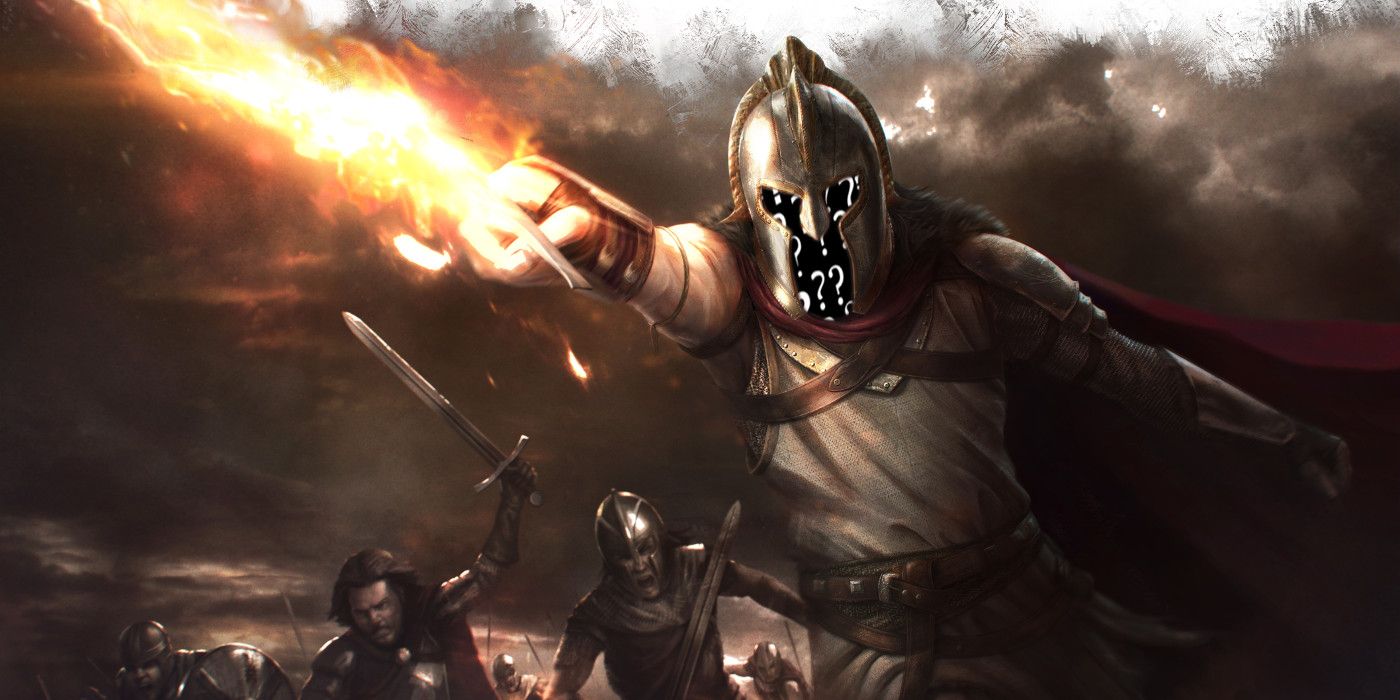
Azor Ahai and The Prince That Was Promised are often terms used to describe the same thing. Melisandre actively uses them interchangeably throughout the book series, but Azor Ahai has a slightly different connotation. The name Azor Ahai comes from the followers of R’hllor, the Lord of Light, such as Melisandre. Azor Ahai is spoken of in tales as a legendary hero who wields a burning sword called Lightbringer. It seems mostly likely that The Prince That Was Promised is the reincarnation of Azor Ahai, creating a distinction between the two terms, though they are often conflated.
Was Jon Snow Or Daenerys Targaryen The Prince That Was Promised?
Neither Jon Nor Daenerys Fully Meet The Criteria In The TV Series
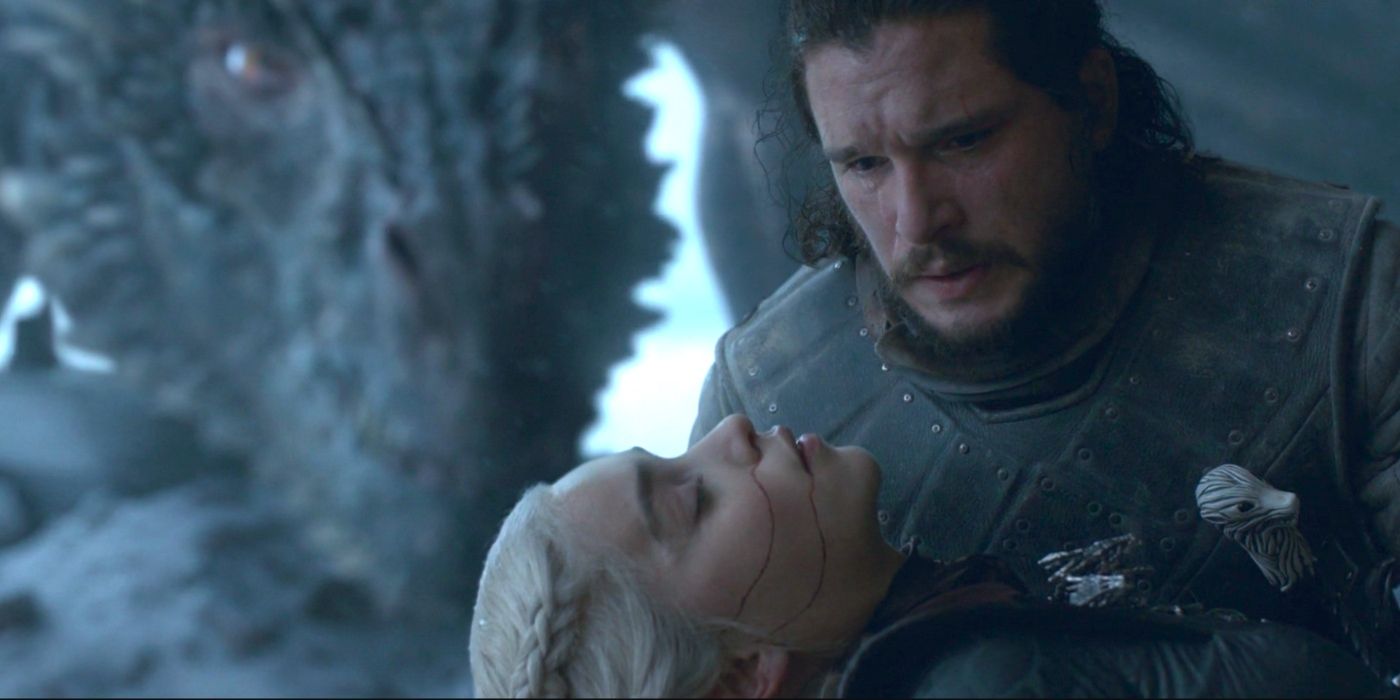
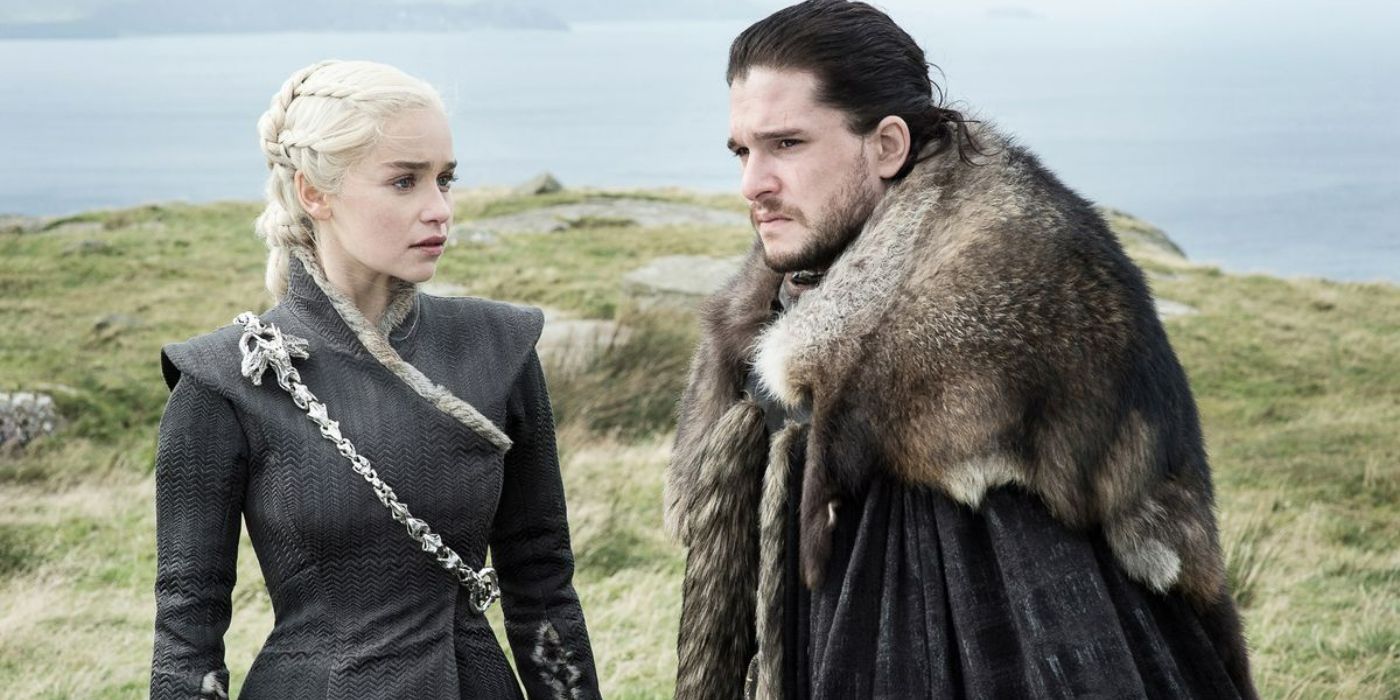
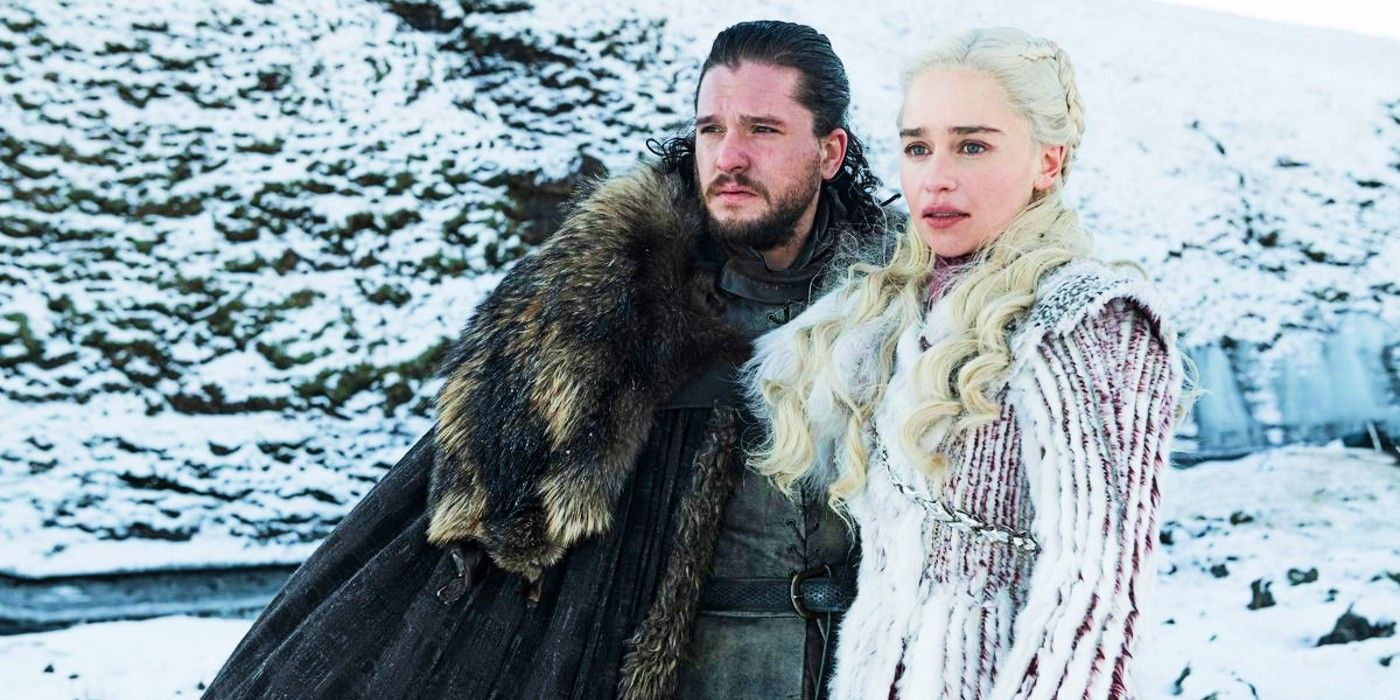
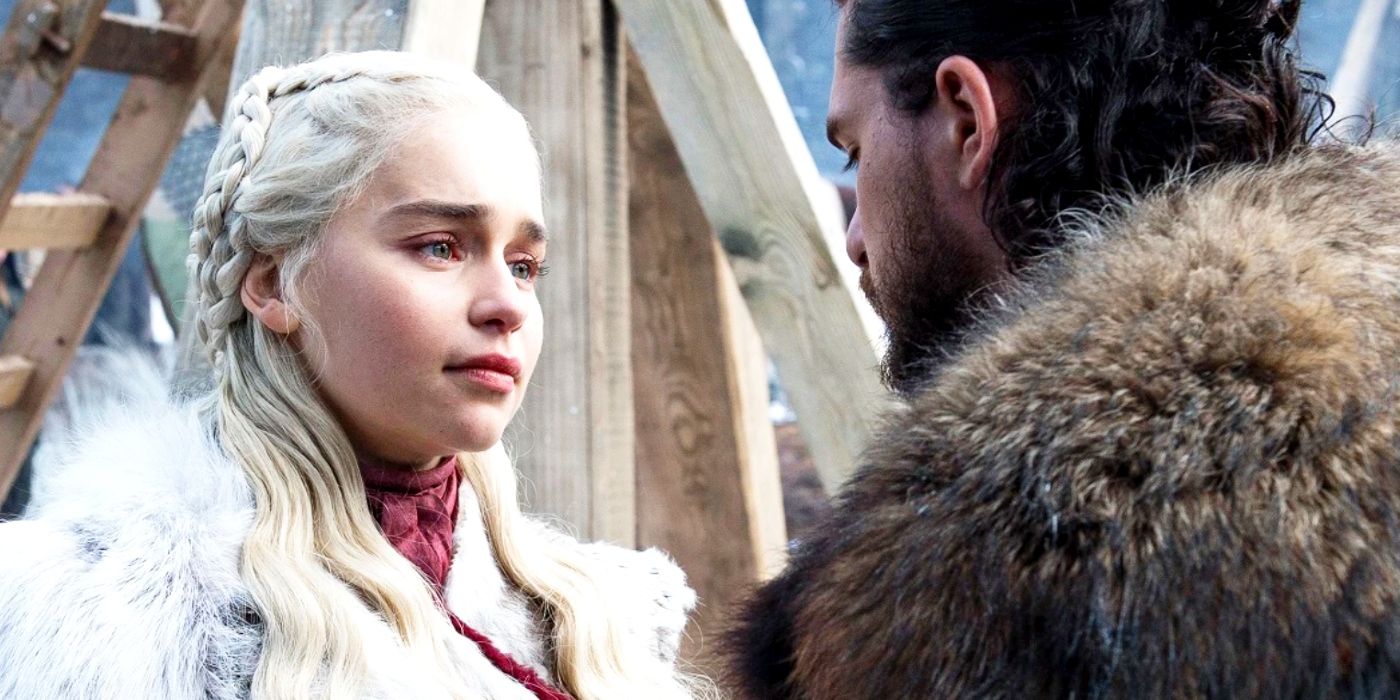
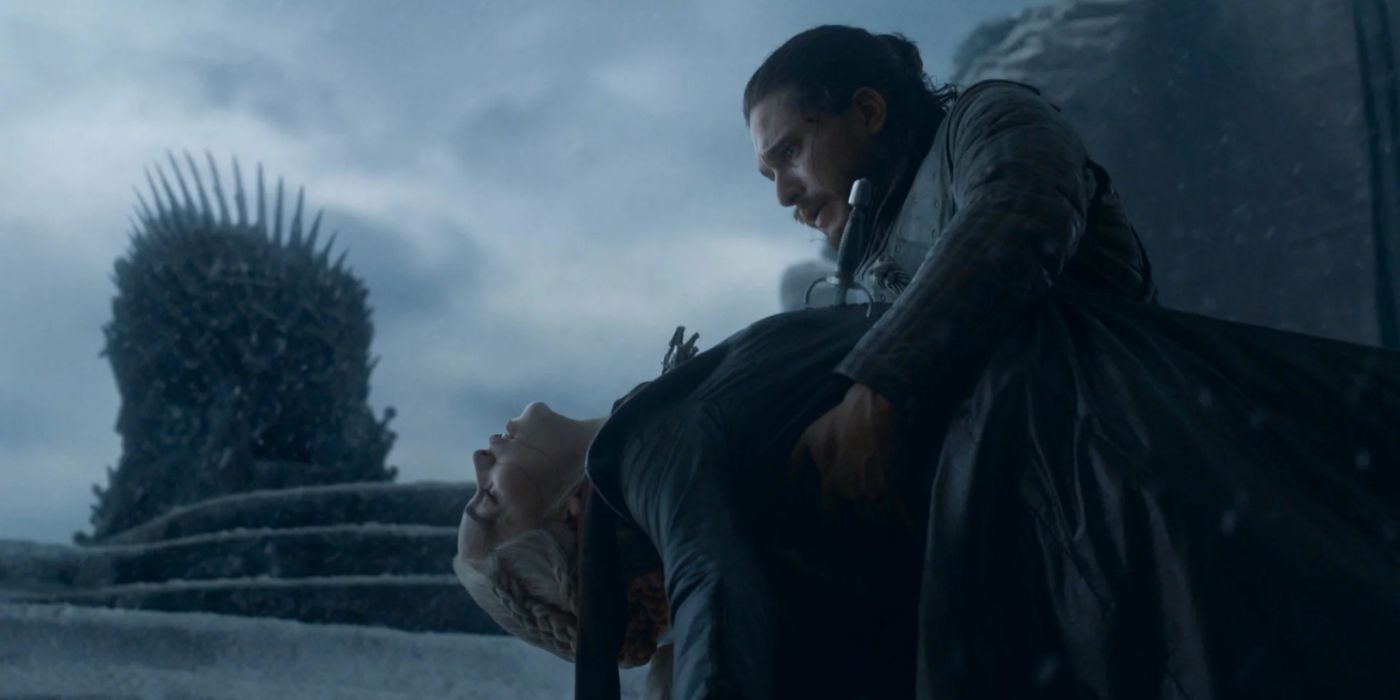





The two most obvious contenders for The Prince That Was Promised in Game of Thrones are Jon Snow and Daenerys Targaryen. Both stem from Aegon Targaryen’s bloodline. As the daughter of the Mad King Aerys II Targaryen, Daenerys is evidently descended from Aegon the Conqueror. After he was raised in the cold North as a Stark bastard, Jon Snow eventually discovered that he was Daenerys’ nephew and that his true identity was Aegon Targaryen, the son of Rhaegar Targaryen and his secret wife, Lyanna Stark. This makes Jon half-Targaryen, but still a part of Aegon the Conqueror’s bloodline.
Jon spent years fighting bloody battles and forging his reputation as one of the greatest warriors in the Seven Kingdoms. Jon also shared a unique animosity with the Night King after several face-to-face confrontations. However, Jon is not the one who ultimately kills the Night King. Meanwhile, Daenerys’ dragons were crucial to beating the White Walkers, and she fits the criteria better, but she ends up being a force of evil in season 8.
Together, Jon and Dany appear to be the Song of Ice and Fire, but Game of Thrones leaves it ambiguous whether either or both are supposed to be The Prince That Was Promised. This only adds to the disappointment of Game of Thrones season 8, as no one really fits the prophecy well, and it arguably ended up meaning nothing. Given how George R.R. Martin has plotted his story differently, the theorization could still apply to the final two novels in the series.
Arya Killed The Night King With Aegon’s Dagger — Was She The Prince That Was Promised?
Arya Ended The Long Night, But She’s Never Declared As The Prince That Was Promised
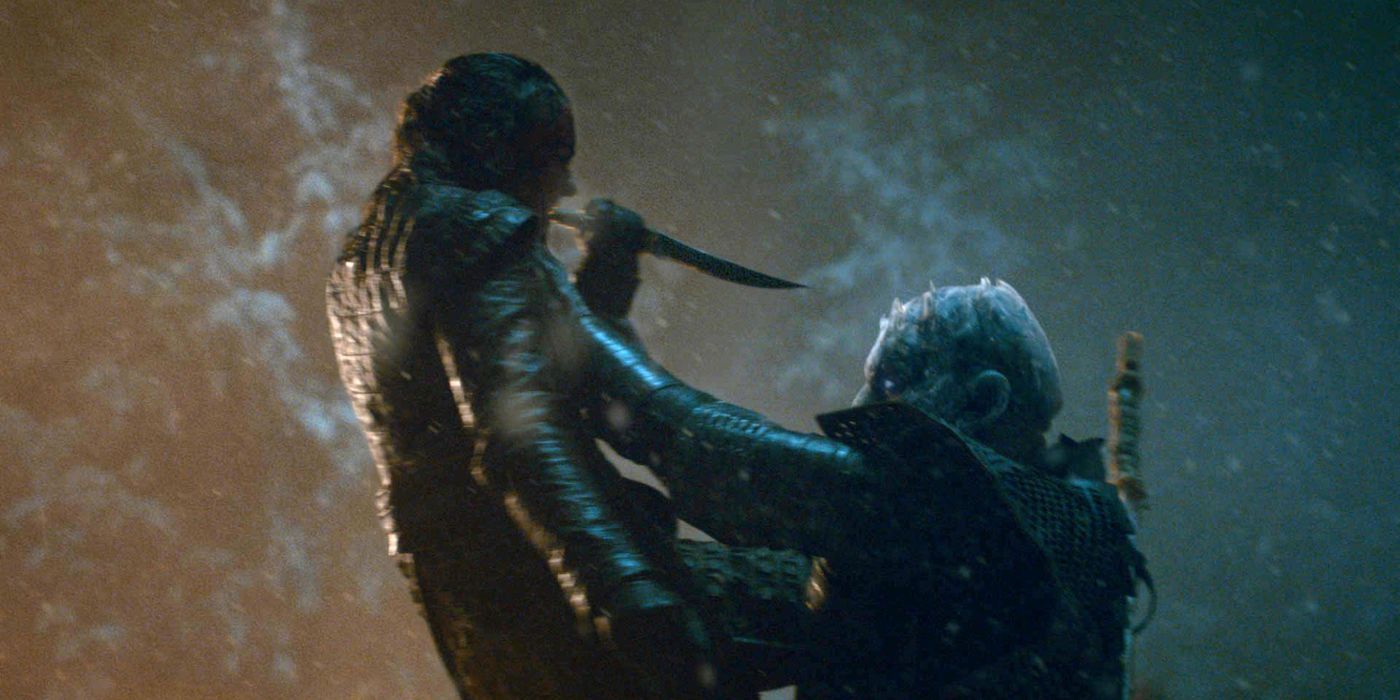
Ultimately, it was Arya Stark who killed the Night King at the end of The Long Night. Arya, who was trained by the Faceless Men to become an assassin, used Aegon’s Valyrian steel dagger to destroy the Night King. The dagger, also known as the catspaw dagger, has a dark tie to Arya’s family as it was once meant to kill her brother, Bran Stark. Arya’s killing blow to the Night King could mean she is the surprise incarnation of The Prince That Was Promised.
There are hints that this is the case, especially after Melisandre tells Arya of her vision to kill those with brown eyes, green eyes, and blue eyes. However, Arya has no ties to Aegon Targaryen’s bloodline, which seems to disqualify her as Aegon prophesied her. Arya doesn’t really meet any of the criteria, and it seems the showrunners selected her to kill the Night King as a way to subvert expectations and not for resolution to any grander schematic.
Who Else Could Have Been The Prince That Was Promised
Stannis Baratheon And Rhaegar Targaryen Are Other Candidates
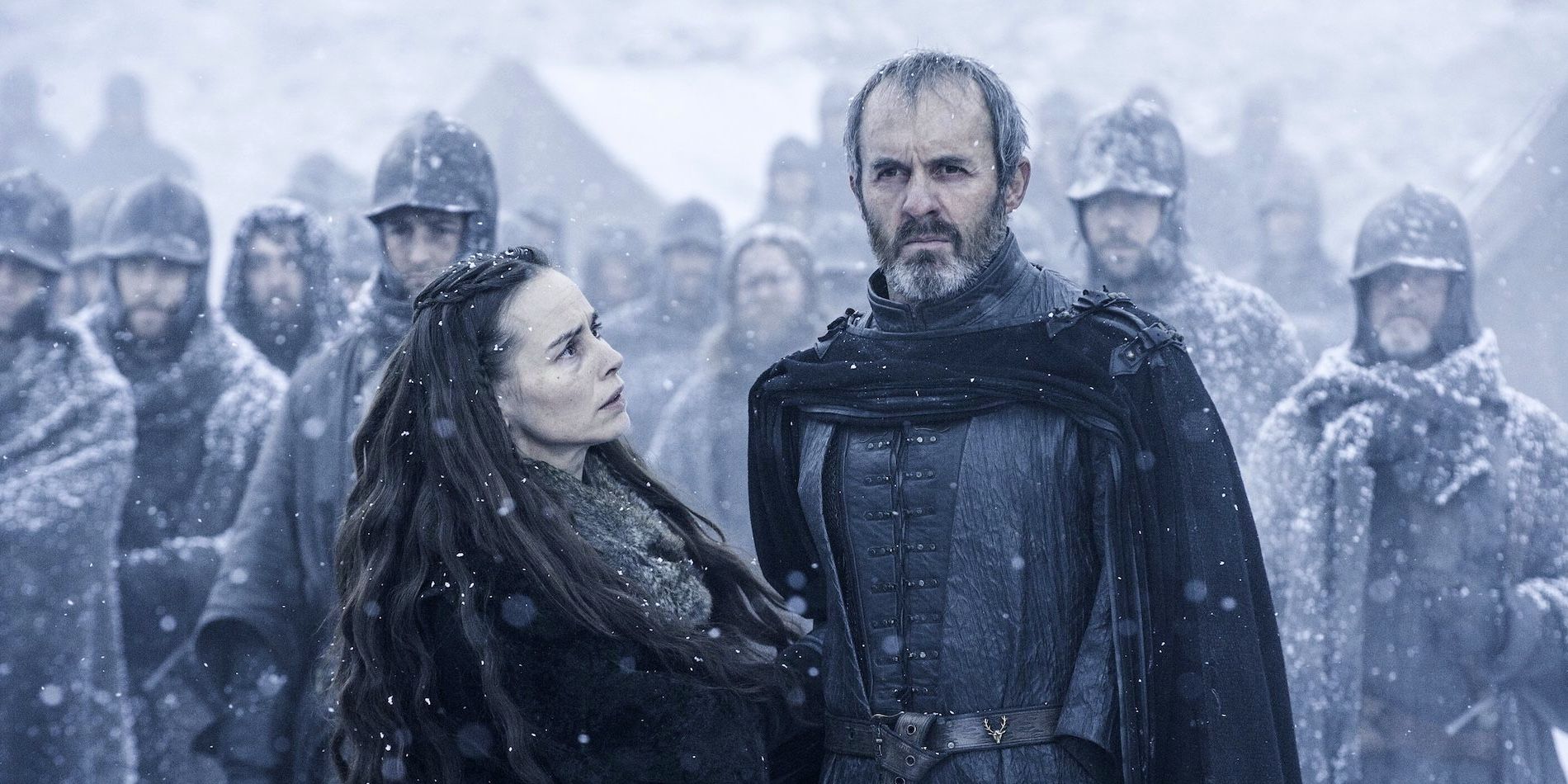
Aside from Daenerys, Jon, and Arya, there are other characters who could’ve been The Prince That Was Promised in the TV series. Melisandre believed Stannis Baratheon was the hero, and he did meet some criteria. He was born amidst salt and smoke, and his sword was named Lightbringer, though the latter was because of Melisandre’s intervening. Stannis is also technically a descendant of Aegon the Conqueror but is far from being a full Targaryen. He’s still alive in the books, but Game of Thrones killed him off early.
Rhaegar Targaryen was another candidate, as the Mad King’s son fancied himself to be The Prince That Was Promised. Again, he’s dead before the events of Game of Thrones take place, making it harder for him to be the hero. Still, the chapter in A Clash of Kings where Daenerys visits the House of the Undying suggests that Rhaegar may have at least seen the prophecy and could have died with some information about it.
How The Prince That Was Promised Fits Into House Of The Dragon & Aegon’s Dream
House Of The Dagon Reincorporates Aegon’s Dream
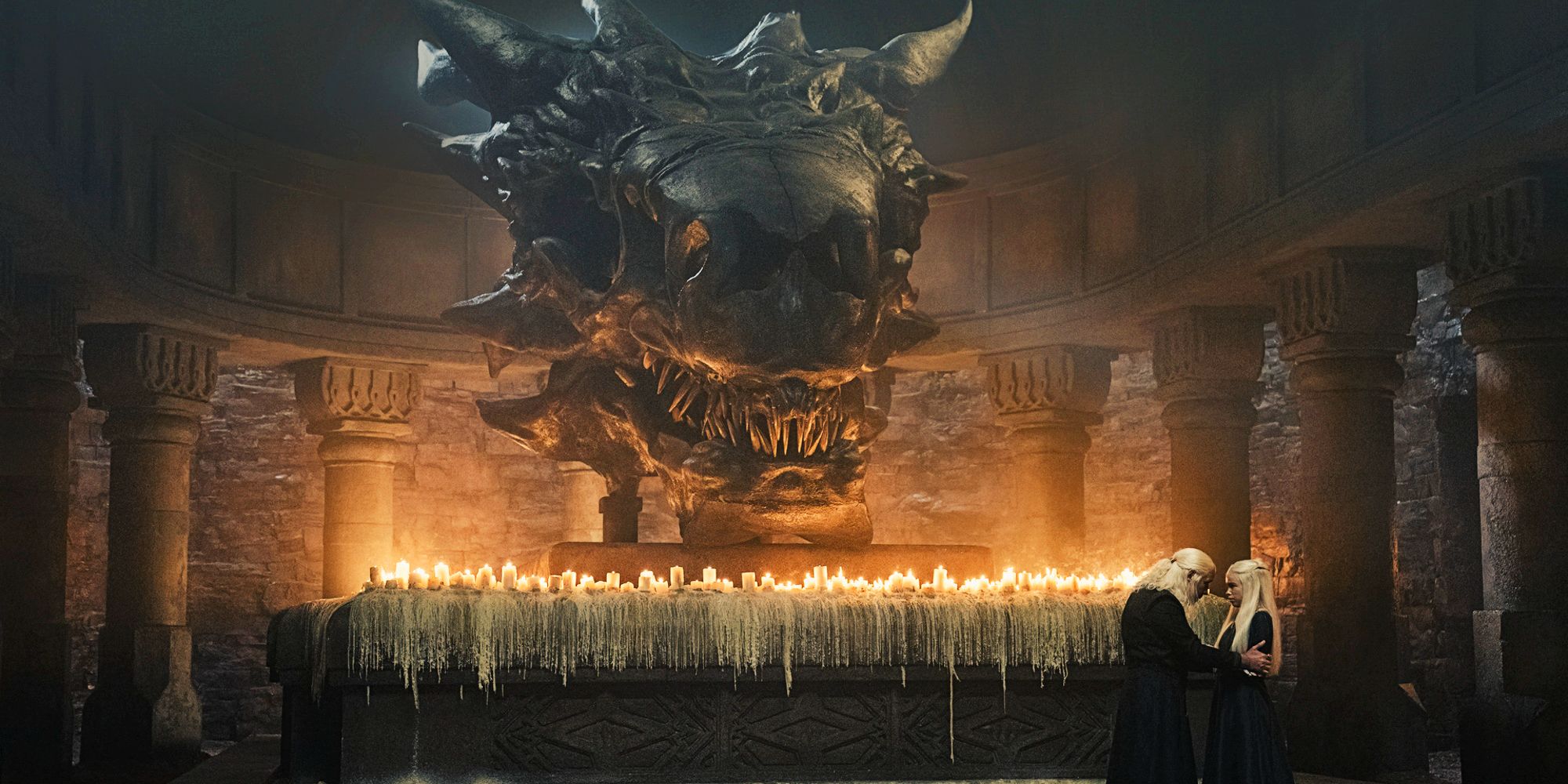
House of the Dragon‘s premiere shockingly retconned The Prince That Was Promised when King Viserys I Targaryen told his daughter and named heir, Princess Rhaenyra, the great secret of the Targaryen kings: Aegon the Conqueror had a dream of The Long Night and the end of the world via a great darkness coming from the North. Aegon’s conquest of the Seven Kingdoms wasn’t just for House Targaryen; it was because he believed that only the Targaryens and their dragons could lead the Seven Kingdoms against the Night King.
This is why the Targaryens believed it was crucial that their family must always rule Westeros. Rhaenyra’s knowledge of Aegon’s dream is just one reason why she believes she has to sit upon the Iron Throne. House of the Dragon episode 4 further tied Aegon’s dream to the prophecy of The Prince That Was Promised. Viserys showed Rhaenyra Aegon’s dagger, which had the prophecy emblazoned onto its Valyrian steel blade that becomes exposed by fire: “From my blood come the prince that was promised, and his will be the song of ice and fire.”
This effectively establishes Aegon’s belief that The Prince That Was Promised – the reincarnation of Azor Ahai – will come from Aegon Targaryen’s bloodline. It’s possible that the prophecy’s involvement could just be a plot device for House of the Dragon, without any ties to a broader theory in Martin’s world. In season 1, episode 8, Viserys’ last words are misinterpreted by Alicent Hightower, who thinks he’s suggesting Aegon be his heir, essentially kickstarting the Dance of the Dragons.
In season 2, episode 3, Alicent and Rhaenyra meet for the first time since Viserys dies, and Rhaenyra explains that Aegon’s Dream is a story. Alicent realizes her mistake but war has already become inevitable. House of the Dragon could be a series about how Aegon’s Dream was forgotten due to civil war, ultimately weakening the kingdoms and ruining the Conqueror’s dream for Westeros to be a united Targaryen front against the coming darkness.
Why GoT Didn’t Properly Resolve The Prince That Was Promised Prophecy
Creative Differences Led To Game Of Thrones Showrunners Taking The TV Epic In A Different Direction
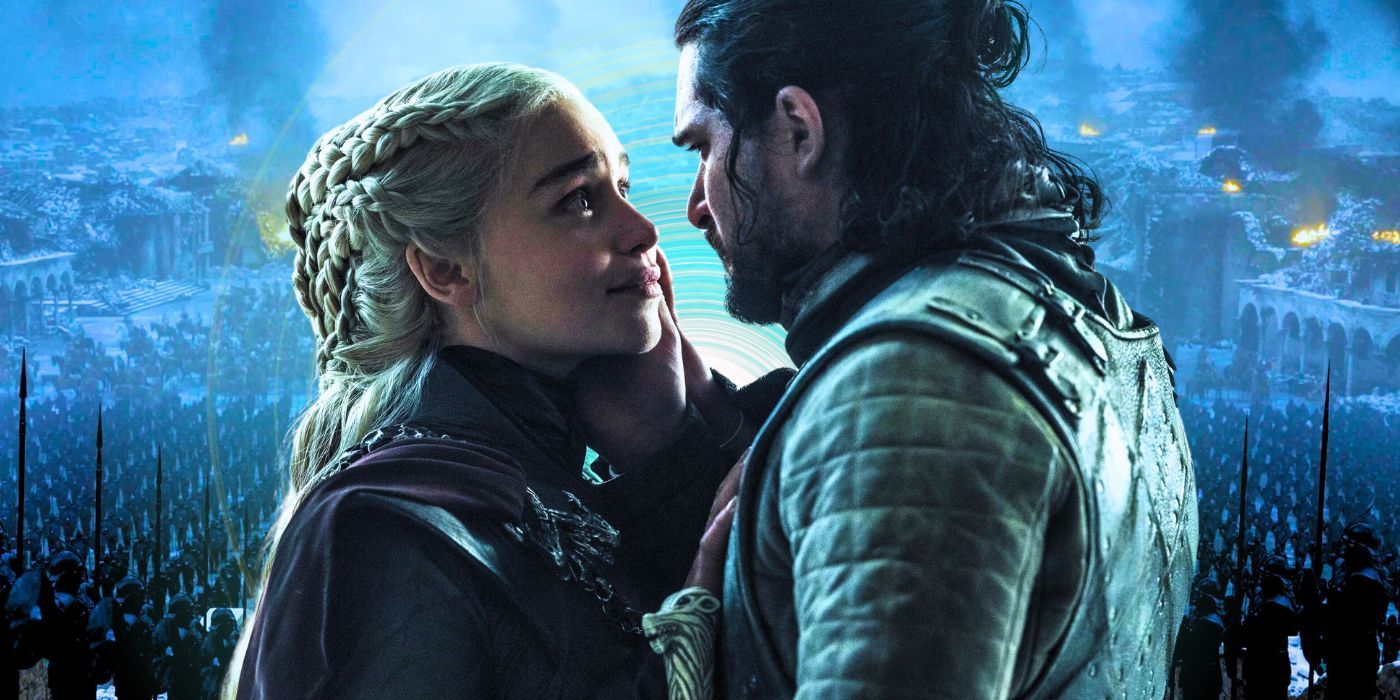
The prophecy of The Prince That Was Promised and Azor Ahai is far more prominent in George R.R. Martin’s A Song of Ice and Fire novels, but much of the book’s dense narrative and many characters were excised from Game of Thrones. As the TV show continued past the completed books Martin wrote, showrunners Dan Weiss and David Benioff charted their own course for the characters, which may or may not sync with Martin’s plans for how his saga will end.
Ultimately, Game of Thrones’ showrunners weren’t interested in this esoteric part of Martin’s mythology, and they opted, instead, to focus on telling the TV series’ story in the manner they did. The Prince That Was Promised was really more of a subject known to book readers who expected Game of Thrones to incorporate it eventually and were left disappointed when the TV series did not. Yet elements of The Prince That Was Promised were unavoidably part of Game of Thrones, although the prophecy was never placed in the forefront of the narrative.
This is why it was so surprising when House of the Dragon not only wove The Prince That Was Promised into the prequel’s story but made it a crucial part of the Targaryens’ succession story involving Rhaenyra. But it is also to be expected, considering George R.R. Martin has more creative influence over House of the Dragon than he had with Game of Thrones. In future Game of Thrones spinoffs, like the Aegon’s Conquest series, the prophecy can be explored further. Maybe it can eventually be tied back to Game of Thrones, providing some closure.
Will GRRM’s Books Confirm Who The Prince That Was Promised Is?
Hopefully The Winds Of Winter Will Finally Answer The Question
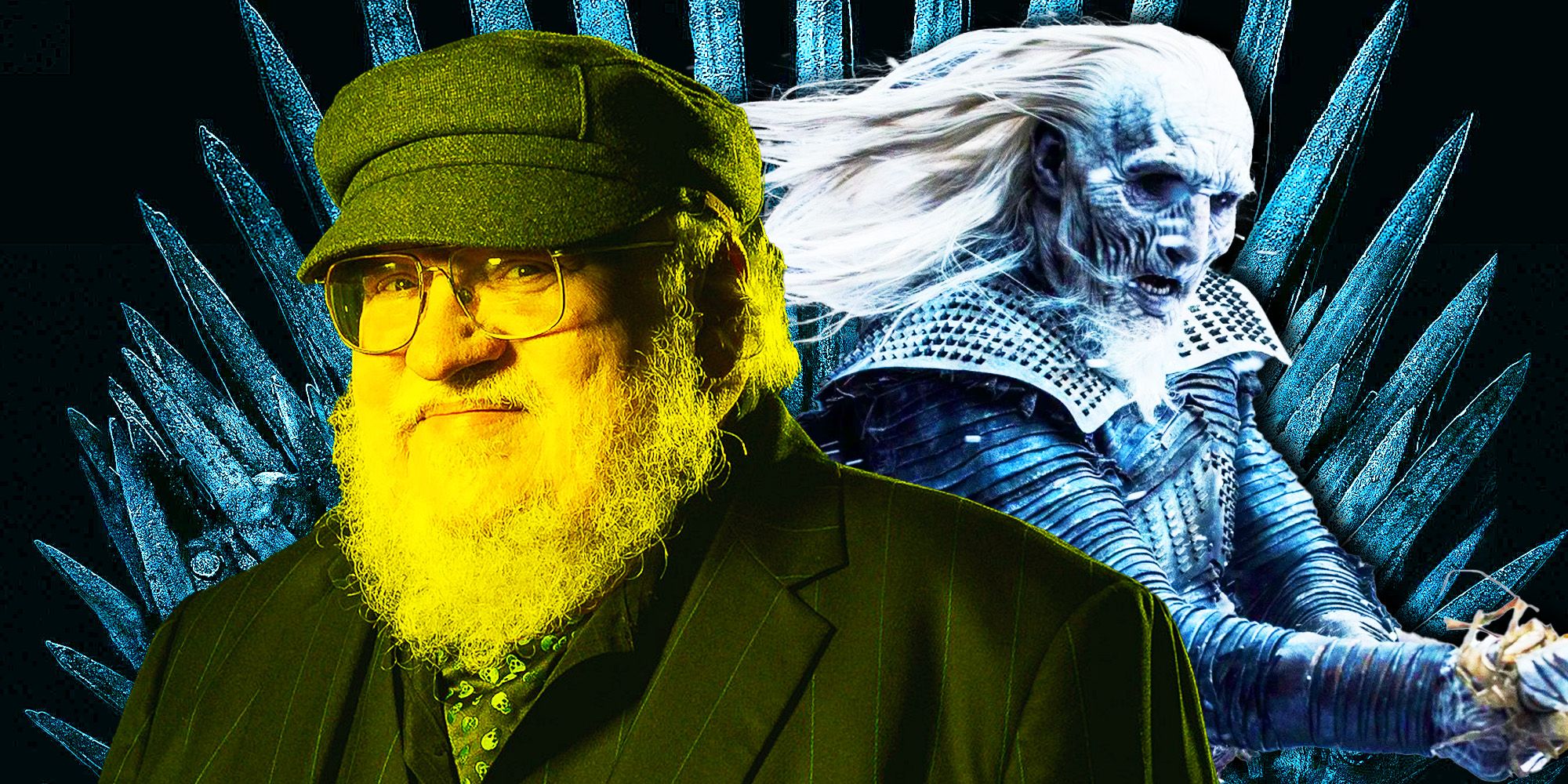
The million-dollar question is whether George R.R. Martin will eventually confirm the identity of The Prince That Was Promised in A Song of Ice and Fire. It’s safe to assume Martin knows the answer; after all, he was aware that the prophecy was actually Aegon the Conqueror’s dream, a factoid he kept to himself until he revealed it to House of the Dragon‘s showrunners when the series was in development (And it’s not known if Martin ever told Benioff and Weiss).
Unfortunately, it’s been over 11 years and counting since Martin’s last Game of Thrones novel, A Dance With Dragons, was released. There is no release date in sight for Martin’s still-incomplete sixth book, The Winds of Winter. If George R.R. Martin never completes A Song of Ice and Fire, perhaps there is hope that the answer to who The Prince Who Was Promised is meant to be will be revealed somehow in House of the Dragon or one of the other Game of Thrones spinoffs being developed by HBO.





